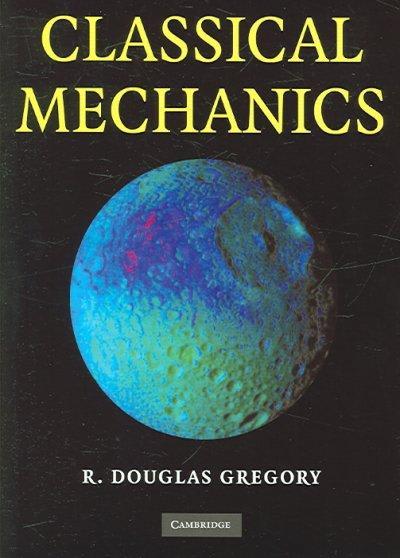Question
In this question, you will construct a randomisation distribution using the data in the following table. These data are based on a study in which
In this question, you will construct a randomisation distribution using the data in the following table.
These data are based on a study in which dogs were trained to smell cancer in breath and stool samples. To train the dogs, cancer patients who had just been diagnosed and healthy control adults were asked to breathe into a tube and provide a stool sample. Dogs were then trained to sit if a sample came from a cancer patient. After training, the dogs were presented with samples from new subjects, with the samples randomly presented in a double-blind experiment.
Breath test Stool test
Dog identifies cancer 23 37
Dog does not identify caner 13 11
total 36 48
Is a breath sample inferior for cancer identification compared to a stool sample?
Determine at a 5% significance level (= 0.05).
- (i)What are the null and alternative hypotheses for the research questionhighlightedabove?
- (ii)Whatarethesampleproportionsofcorrectcanceridentificationforthetwomethodsand what is the sample statistic? Include appropriate notation in your answer.
- (iii)What is the main assumption we make when creating a randomisation distribution?
- (iv)Use StatKey to generate a randomisation distribution of10,000differences in sample proportions. Please include your randomisation distribution in your assignment solutions.
- (v)Describetheshapeandcentreofyourrandomisationdistributioninoneortwosentences.
- (vi)Use your randomisation distribution to calculate a p-value for the test.
- (vii)Use your p-value to make a decision and conclusion for your hypothesesin context.
Step by Step Solution
There are 3 Steps involved in it
Step: 1

Get Instant Access to Expert-Tailored Solutions
See step-by-step solutions with expert insights and AI powered tools for academic success
Step: 2

Step: 3

Ace Your Homework with AI
Get the answers you need in no time with our AI-driven, step-by-step assistance
Get Started


